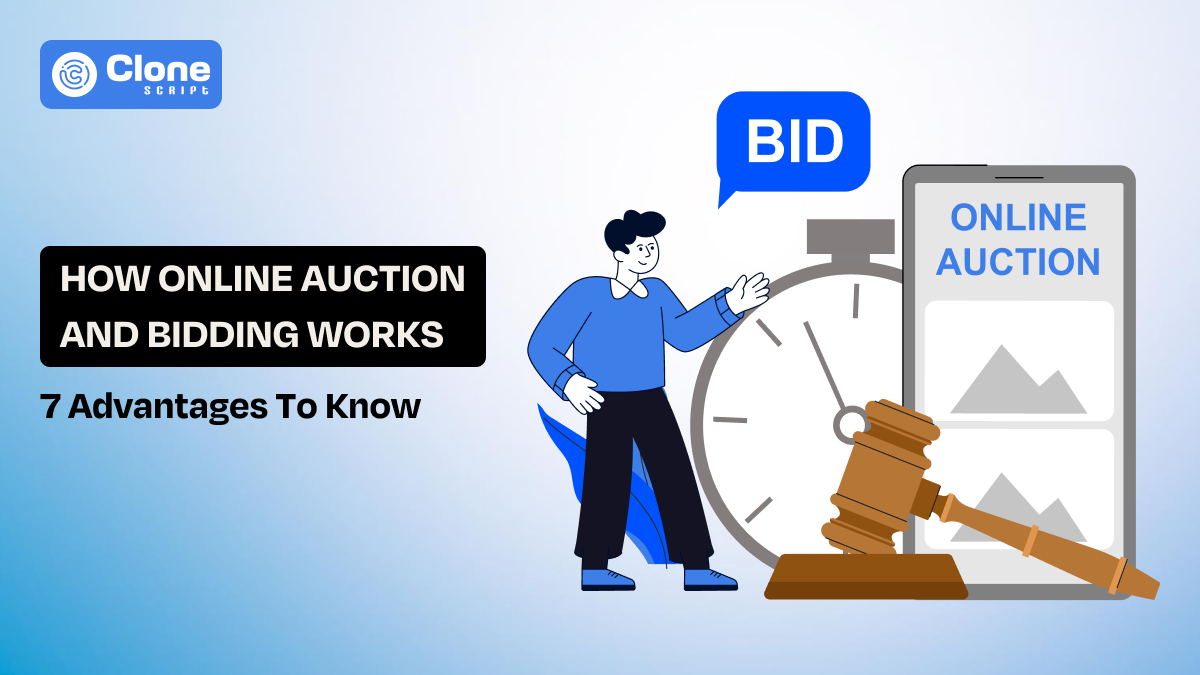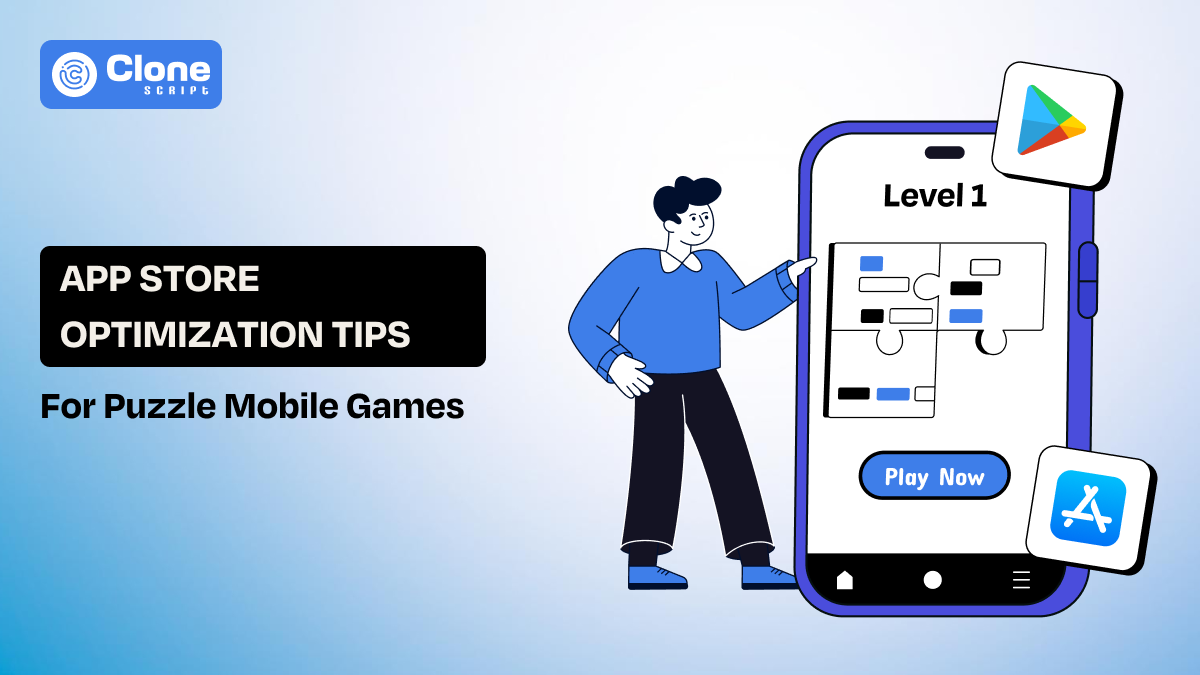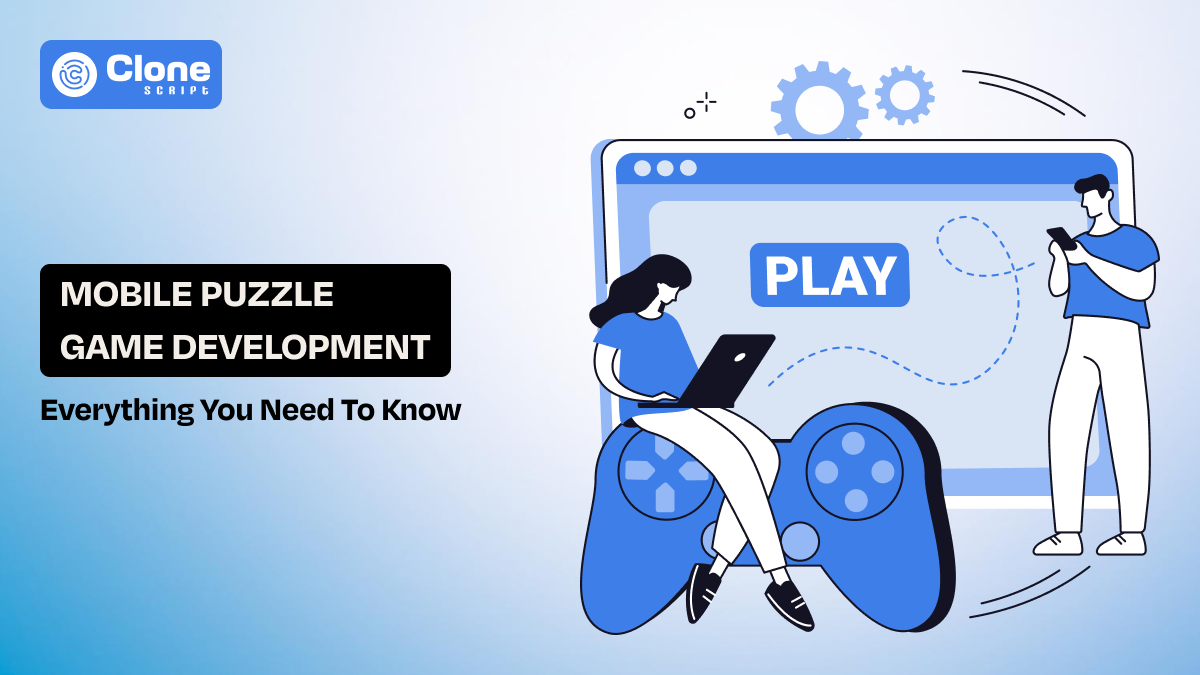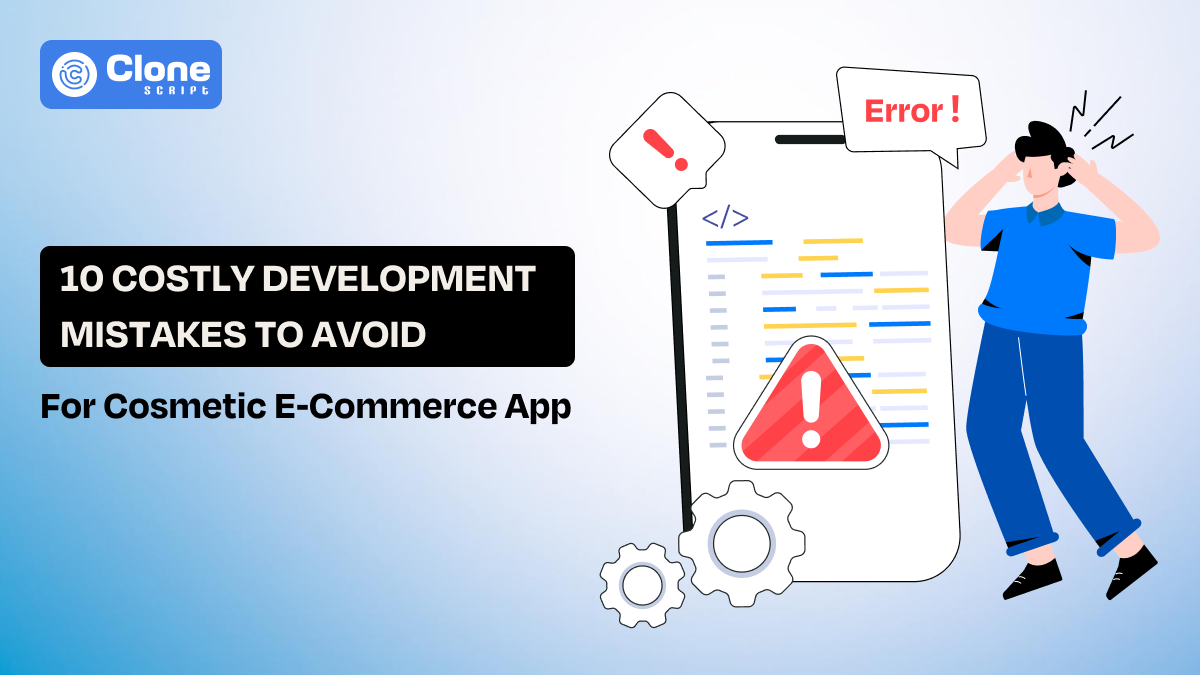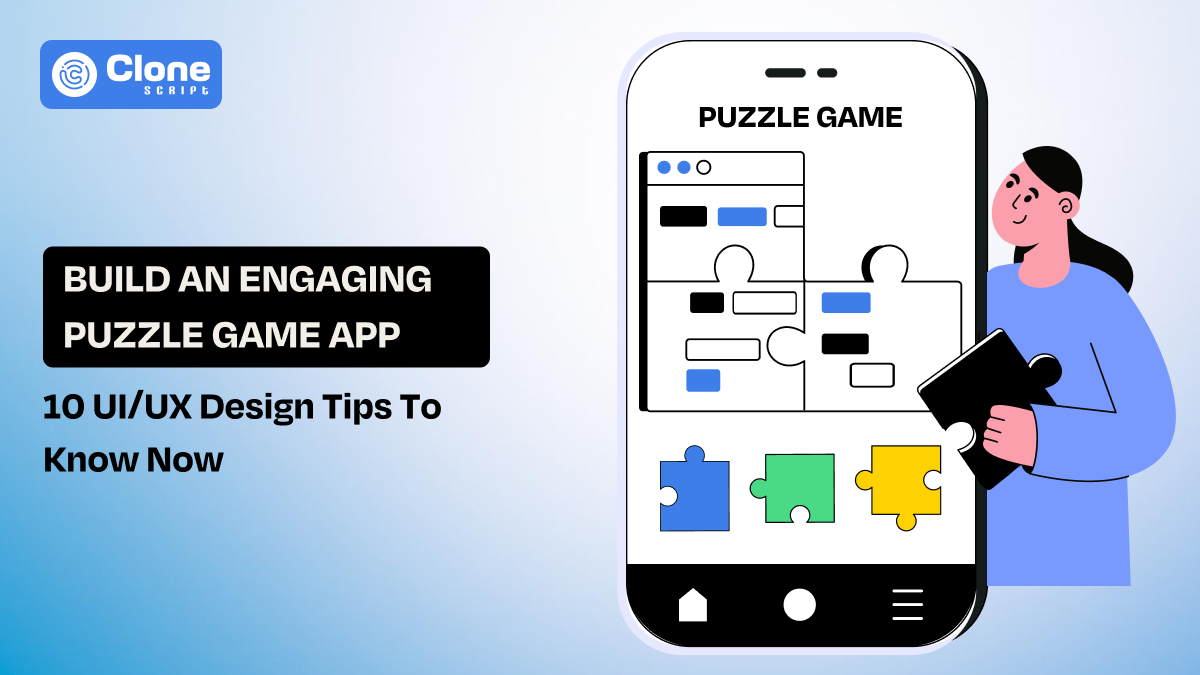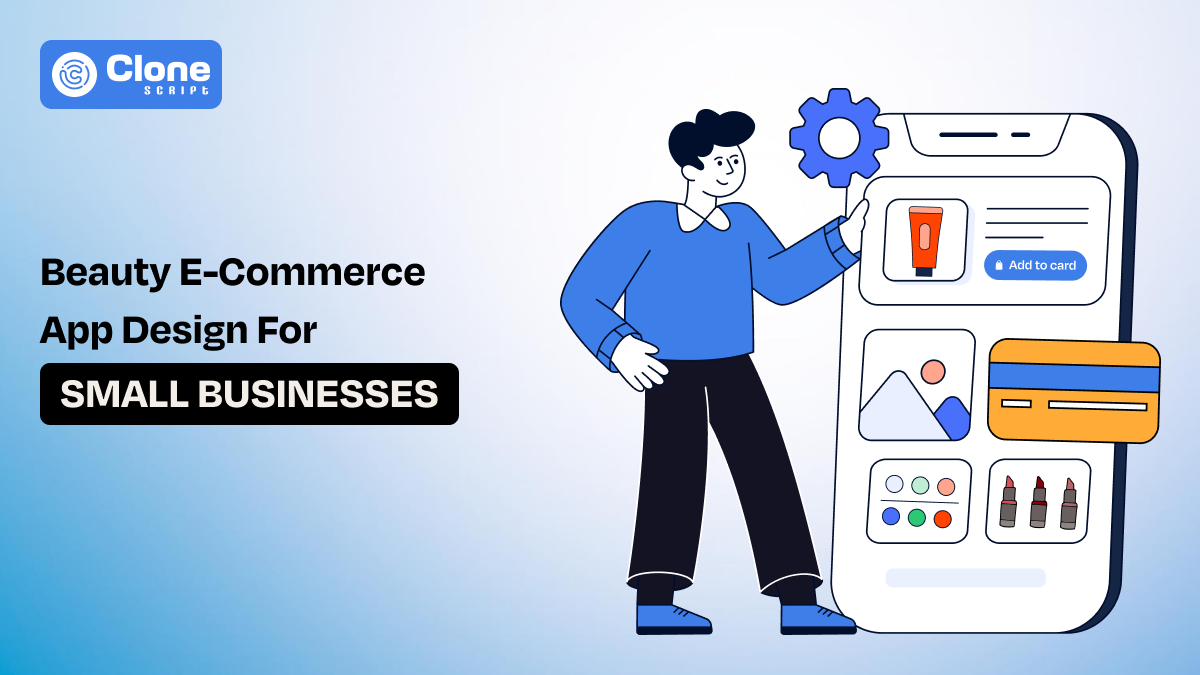How Online Auction and Bidding Works: 7+ Benefits to Know
In 2024, more than $20 billion worth of digital art and antique items will be sold, and online auctions are becoming an integral part of it. This shows how digital bidding has become one of the most trusted and efficient ways to buy and sell. This isn’t just a move toward modernization—it’s a shift toward empowerment.
Businesses that are adopting online auctions are gaining more control over their reach, pricing, and performance than ever before.
By understanding how online auctions work, companies can build stronger trust, expand accessibility, and boost profitability through thoughtfully designed bidding websites. Let’s explore how it all comes together and why it matters.
How Online Auctions and Bidding Work?
The foundation of online auction and bidding is simple yet powerful: sellers post listings, buyers place bids, and when the auction ends, the highest bid wins. But beneath that simplicity lies a sophisticated digital infrastructure that automates bidding, ensures transparency, and enhances trust between participants.
In modern bidding platforms developing robust backend systems that handle user authentication, real-time notifications, and encrypted payments. These systems manage everything automatically. It reduces human errors and administrative burdens.
A typical online auction setup includes:
-
Item listing section: Where sellers add photos, descriptions, and set the base prices.
-
Bid tracking system: To monitor ongoing bids and notify participants instantly without any intervention.
-
Countdown timers: To maintain urgency and ensure fairness, the timers are added for clarification.
-
Secure gateways: For encrypted online transactions and fraud prevention, a secure payment gateway integration is required.
In essence, online auction and bidding combine human psychology with technology. It takes advantage of fair competition, urgency, and transparency to achieve optimal pricing and satisfaction for both buyers and sellers.
4 Types of Online Auctions and Bidding Formats
Understanding the different types of online auctions is essential for selecting the right model for your business. Each format serves unique objectives and user behaviors.
1. English Auction (Ascending Price Auction)
This is the most familiar format, where prices rise as bidders compete. The auction continues until the highest bid stands unchallenged. This structure encourages engagement and maximizes seller returns.
2. Dutch Auction (Descending Price Auction)
Here, the price starts high and decreases over time. The first buyer to accept the current price wins. This format is perfect for perishable goods or inventory clearance.
3. Sealed-Bid Auction
Each participant submits one confidential bid, unseen by others. The highest bid wins. It promotes privacy and reduces emotional overspending, a great fit for government contracts and high-value procurements.
4. Reverse Auction
Common in business procurement, the buyer posts a requirement, and sellers compete by lowering their prices. It’s ideal for cost optimization and transparent vendor selection.
Every one of these auction types can be easily integrated into a secure system, giving administrators flexibility to test formats, analyze user engagement, and optimize outcomes.
Step-by-Step Online Bidding Process
A smooth and transparent online bidding process is an important aspect of every successful auction platform. It has a combination of automation, security, and user-friendly design to ensure fairness and satisfaction for everyone involved. Let’s explore how it works step by step.
Step 1. Registration & Verification
Every successful auction starts with trust. Participants first create accounts and verify their identities to confirm they’re genuine users. This step strengthens online auction security by keeping fraudulent activity at bay and maintaining a safe space for buyers and sellers.
Step 2. Listing & Product Details
Next, sellers upload detailed product information, clear images, and starting or reserve prices. Honest, transparent listings attract more bidders and inspire confidence. It is essential for a successful online auction and bidding environment.
Step 3. Auction Launch
Once listings go live, the excitement begins. Bidders can view item details, place bids, and track live updates. Auction website features like automated bid increments, countdown timers, and instant notifications keep the process engaging and fair.
Step 4. Bidding & Monitoring
During the live phase, participants can monitor their bids in real time. Instant alerts when someone outbids them encourage quick reactions. This makes the process dynamic and competitive.
Step 5. Auction End & Winner Announcement
When the timer expires or a reserve price is met, the platform automatically determines the highest bidder and notifies all participants. This is required to maintain transparency and trust.
Step 6. Payment & Transaction Completion
Finally, the winning bidder completes payment through a secure gateway, and the seller fulfills the order.
Through this 6-step approach, the online systems work for bidding and auction.
7 Key Benefits of Online Auctions and Bidding
The benefits of online auction and bidding extend far beyond convenience. They reshape how businesses operate, connect, and grow.
1. 24/7 Access & Wider Reach
Unlike physical auction shops, online platforms are always open. Bidders from across the world can join anytime, expanding reach exponentially. This accessibility brings a higher number of participants, leading to competitive pricing and better sales performance.
2. Convenience for Buyers and Sellers
Online auctions eliminate geographical and logistical challenges. Sellers can list items in minutes, while buyers can participate using their mobile phones or laptops from anywhere. This frustrationless experience drives consistent engagement and repeat participation.
3. Lower Costs
Operating an online auction & bidding website reduces overhead costs. There is no need for venues, staff, or printed catalogs. According to Forbes (2023), businesses save up to 30–40% in administrative expenses when moving from traditional to online auctioning.
4. Better Price Discovery
As multiple bidders compete openly, market prices are discovered more accurately. Sellers often report achieving 15–25% higher closing prices than expected due to global visibility and competition.
5. Analytics and Tracking
Modern online auction platforms include built-in analytics that help measure bidder activity, average bid values, and most-viewed items. This data supports strategic decisions, improving product listings, timing, and promotional tactics.
6. Flexible Auction Types & Automation
From live bidding sessions to automated timed auctions, flexibility is at the core of online auctioning. Automation tools manage notifications, bid increments, and results. It reduces manual workload while maintaining precision.
7. More Sharing and Promotion Options
With social sharing and digital marketing tools integrated, every listing can be shared across networks instantly. This feature transforms auctions into promotional events, improving exposure and generating viral engagement.
Ultimately, online auction platforms are not just a marketplace for selling and buying items, but have become a helpful channel for businesses to conduct bidding transparently.
Why Having Your Own Online Auction and Bidding Platform Is Better Than a Marketplace?
While third-party marketplaces offer exposure, they impose heavy fees, limit customization, and withhold valuable customer data. Owning your own online auction website gives you unmatched freedom and control.
1. Brand Independence and Recognition
In marketplaces, your brand often gets lost among thousands of listings. By creating your own website, you control how your business is presented:
-
Your logo
-
Color scheme
-
Content
-
User experience
This independence helps strengthen your brand identity and creates lasting recognition among customers.
In short, your platform becomes your marketplace, not just another vendor page.
2. Complete Data Ownership
Marketplaces typically hold all buyer data. It leaves you without insights into your customers’ preferences, habits, or bidding behavior.
With your own platform, you gain full access to transaction history, bidder analytics, and performance metrics. This data helps you to refine strategies, personalize experiences, and build stronger customer relationships over time.
3. A Tailored and Seamless Experience
Every business is unique, and your auction platform should reflect that. A custom website development allows you to tailor everything, from auction formats and payment options to user flows and notifications.
You can design the user interface around your audience’s needs. This ensures intuitive navigation and consistent engagement that generic marketplaces simply can’t offer.
4. Better Revenue Retention
Most online marketplaces charge commissions or listing fees that eat into profits. When you own your own bidding conducting website, every transaction contributes directly to your revenue.
You decide on pricing structures, premium listings, and offering membership models. This gives you greater flexibility and profit control without dependency on external platforms.
5. Enhanced Security and Trust
Online auction security is critical to protecting users and maintaining your platform’s credibility. Having your own system lets you integrate advanced encryption, fraud detection, and user verification protocols.
The best part is that you decide how data is stored and transactions are processed. This builds a safer and more reliable environment for both buyers and sellers.
6. Long-Term Sustainability
Auction marketplaces can change policies, increase fees, or even restrict your listings overnight. Your own platform is a sustainable digital asset, one that grows in value as your user base expands.
It’s not just a sales channel; it’s an ecosystem that supports ongoing engagement, loyalty, and innovation.
In essence, owning a website transforms your business from a participant in someone else’s system to the owner of a fully independent marketplace. You control the rules, the data, and the experience, building a trusted platform that grows with you for years to come.
How to Design and Develop an Online Auction and Bidding Website?
Designing an effective online auction & bidding website like eBay goes far beyond creating a digital space for buyers and sellers. For many businesses, starting from scratch can be time-consuming and costly. That’s where a pre-built solution, like an auction website template, comes in as a front-end development option comes in.
Introducing the BidZone HTML Template
One of the most reliable and feature-rich options available today is the BidZone HTML Template, a robust, customizable framework designed specifically for auction management platforms. It’s tailored to meet modern business needs, offering flexibility and functionality.
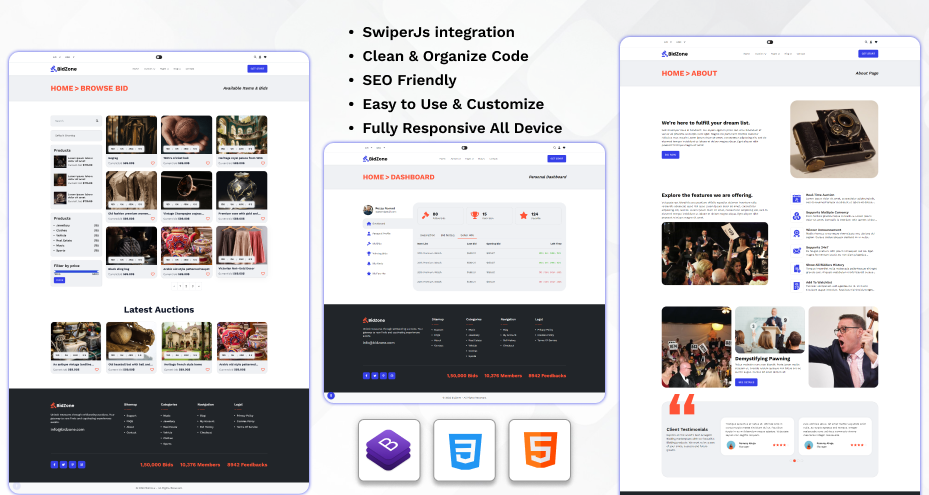
Why Choose the BidZone Template?
-
Responsive Design: The template works flawlessly across desktops, tablets, and mobile devices. This maintains accessibility for every bidder and seller to join the platform.
-
Real-Time Bidding System: The auction website design interface keeps participants informed instantly with live updates and automatic bid tracking.
-
User Authentication: The sign-up and log-in interface is designed to strengthen trust for all users who are verified before participating.
-
Multiple Auction Modes: For complete flexibility, this HTML template supports live, timed, and reverse auctions.
-
Useful Pages: From item listings to live bidding, every page is designed to keep the design and development tasks minimal.
-
Easy Customization: Customizing a website template through design elements modification, branding, and features without coding complexity.
A Smart Solution for Growth
By choosing a bidding website template like BidZone, businesses can launch faster, scale efficiently, and maintain complete operational control. It provides a secure and engaging user experience, boosts participation, and helps your brand stand out in a competitive market.
In essence, BidZone helps you to build a platform that’s not only functional but also future-ready. That is bridging the gap between innovation, trust, and profitability.
Conclusion
The rise of online auctions and bidding represents more than just technological progress. It symbolizes transparency, accessibility, and innovation in commerce. As businesses continue to digitize operations, building a dedicated website becomes not just an option but a necessity for sustainable growth. Use a website template as a fast approach to start web development.
FAQs
-
What programming languages are best for auction website development?
Web development languages like PHP, Python, and JavaScript are widely used for auction platforms due to their scalability, real-time processing, and strong database support.
-
Do I need a license to run an online auction website?
Depending on your region, you may need an auctioneer or e-commerce business license to operate legally. It’s preferable to always check your local regulations.
-
How can I promote new auctions effectively?
Use social media campaigns, email alerts, and push notifications to remind registered users and attract new bidders to ongoing or upcoming auctions.
-
Does the website template come with backend development?
No. Auction website templates are made only for front-end development, not backend. With a custom backend set up, you can live on the platform in weeks, not months.
-
What payment options should I include in my auction platform?
Offer multiple gateways such as PayPal, Stripe, and credit/debit cards to accommodate diverse bidders and improve transaction flexibility.
-
How much does it cost to build an auction platform?
The estimated cost for auction website development is between $2000 and $60,000. The overall cost depends on how simple to advanced the features and integrations required are.
 BTC - Bitcoin
BTC - Bitcoin
 USDTERC20 - USDT ERC20
USDTERC20 - USDT ERC20
 ETH - Ethereum
ETH - Ethereum
 BNB - Binance
BNB - Binance
 BCH - Bitcoin Cash
BCH - Bitcoin Cash
 DOGE - Dogecoin
DOGE - Dogecoin
 TRX - TRON
TRX - TRON
 USDTTRC20 - USD TRC20
USDTTRC20 - USD TRC20
 LTC - LiteCoin
LTC - LiteCoin

